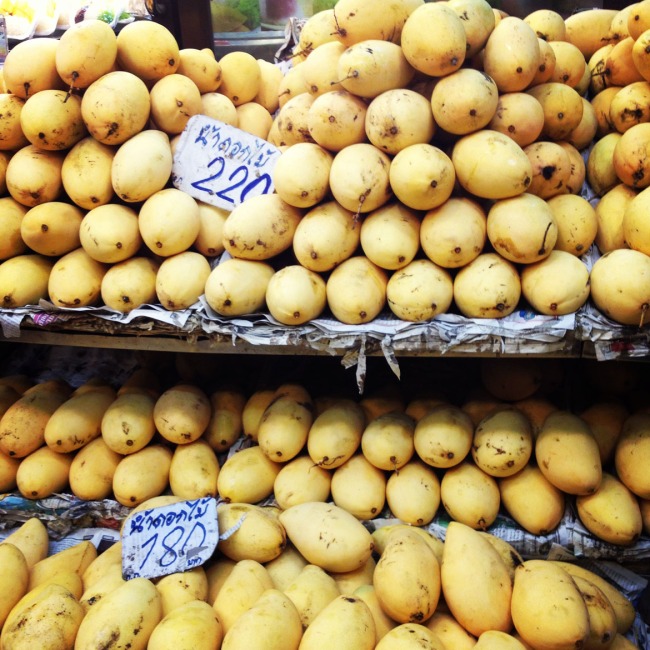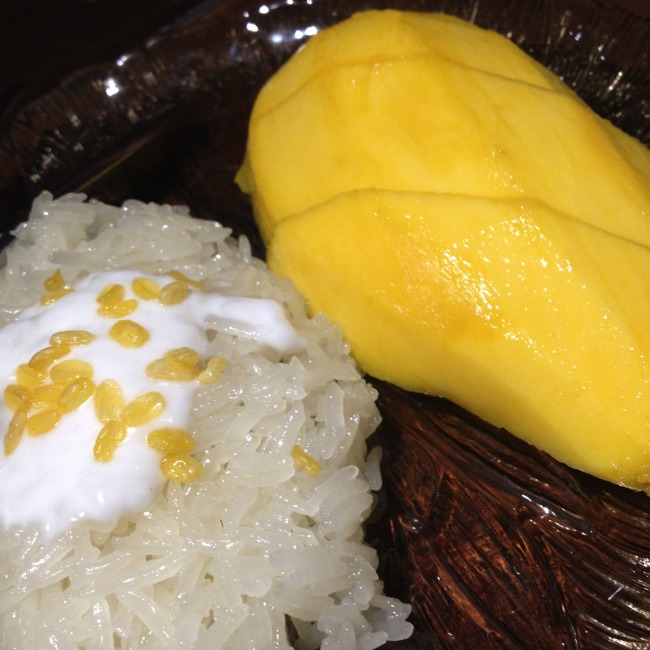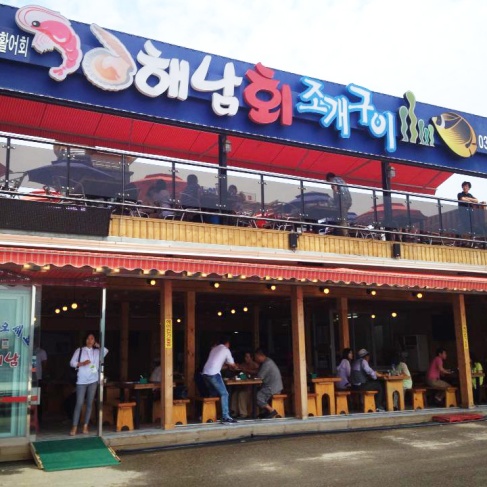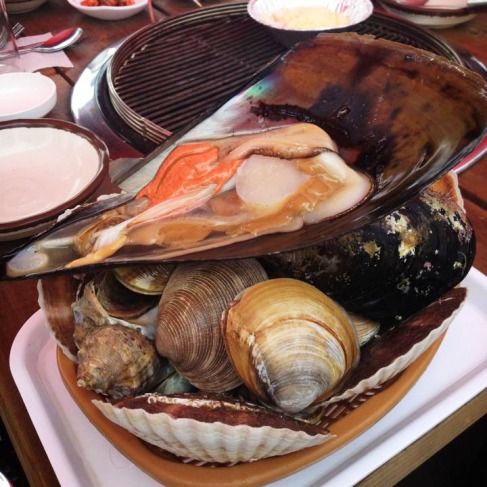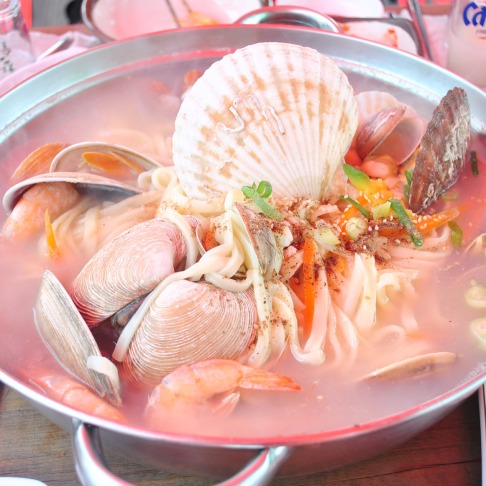The problem with work trips is that one has very little time for personal entertainment.
But this year I made sure to ditch the convention district in Melbourne and go farther in search of a nice place to dine. My colleague and I ended up on Flinders Lane and discovered Cumulus, Inc, a little restaurant with a busy vibe that I so love.
I also love the way the restaurant deftly combines black, white, wood and steel to create a clean, timeless space.
Cumulus, Inc was packed when we got there at 6.45pm and only the bar was free. That was absolutely fine, as the seating location gave us clear views of the kitchen staff at work and the myriad dishes that were being prepared.
We started the evening with some Prosecco and took our time to study the menu which offered a decent selection of local oysters, warm appetisers, salads, meats, fish, cheese and desserts. The friendly staff told us that most of the dishes are for sharing. Brilliant! That meant we could order a wide selection of items and not be too stuffed at the end of the night.
“Everything is beautiful here,” the same friendly staff chirped as she brought out our flutes of Prosecco. “You can order a few dishes first and then add more should you still have space.”
That was a great idea.
So we began our culinary adventure with an assortment of oysters.
They were all so gooooood.
Next came the baked chilli mussels.
I’m no master chef and I have no idea how the brilliant peeps of Cumulus, Inc managed to turn these common little creatures into such an enjoyable treat.
Just as we slurped our last mussel, we saw dishes of broccoli salad being brought out and remembered that we ought to have some greens in our meal. So we added that to our order.
Next, the highly recommended tuna tartare with crushed green pea salad.
It was very pleasing to the eye, that vivid red shade and beautiful jade green. But I did not think it tasted especially memorable.
The cold chopped broccoli salad with green harissa, black garlic and Espelette instead proved to be quite the star. It looked simple, but the sweetness of the broccoli worked so well with the other ingredients, making this dish very enjoyable. Unfortunately, I did not take a photo of it when it came, thinking that it looked too plain to be spectacular. Ahh, must always remember to never judge a book by its cover.
Our final dish was foie gras parfait with toast. Pretty to look at and tasty, but nothing out of this world.
I like how dishes are served one after the other at Cumulus, Inc, which encourages diners to enjoy their food slowly and partake in conversation with their mates. It also gave us time to study the variety of desserts that came out of the kitchen. Oh, temptations abound!
We definitely had room for dessert, and ordered the strawberries, fromage blanc ice cream & flaky pastry, and chocolate mousse, sour cherry & salted walnuts. The former won the beauty contest, but the latter was so good I died and went to chocolate heaven.
We were just glad to have come upon Cumulus, Inc. Turns out this place has been mesmerising diners since 2008. Dang. What have I been missing out on the past four years of work trips to Melbourne! :(
I’ll be sure to be back on my next visit to the city.
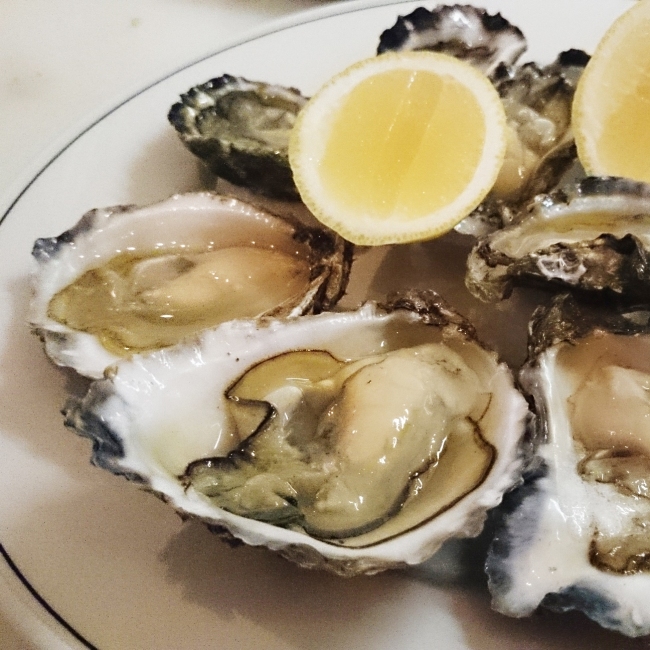





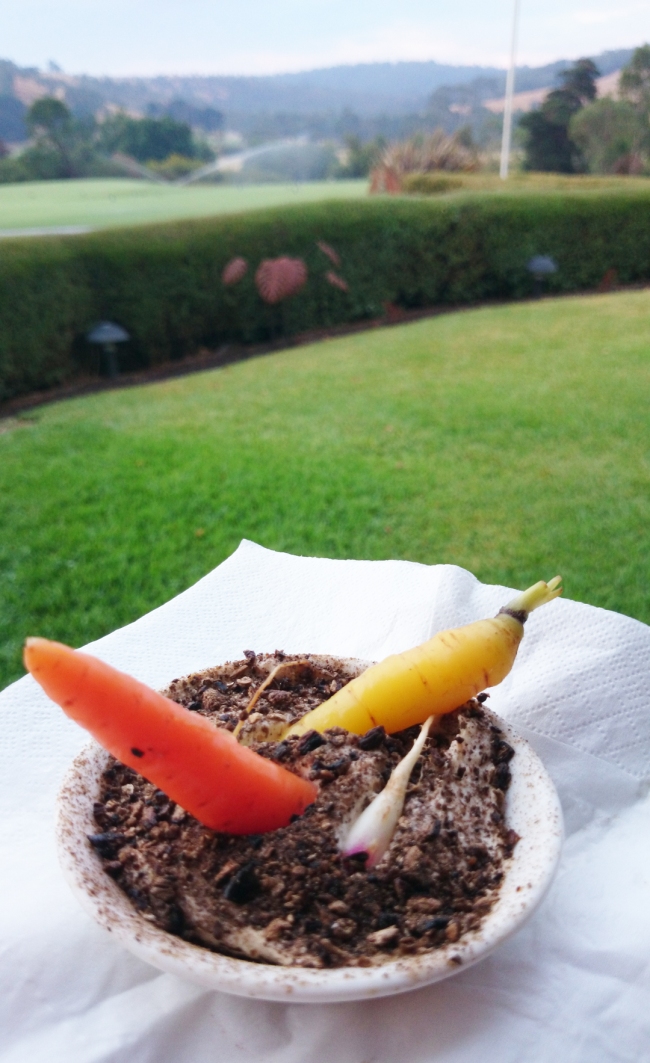
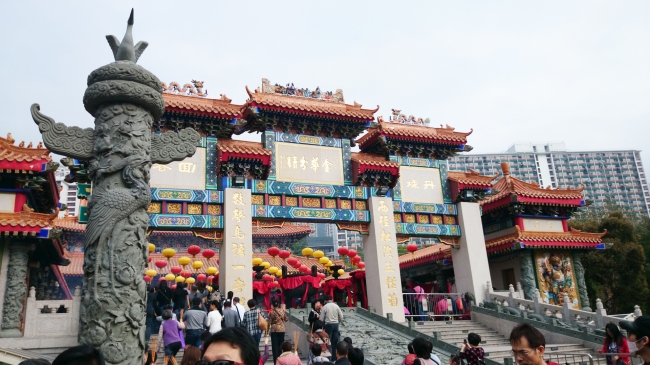




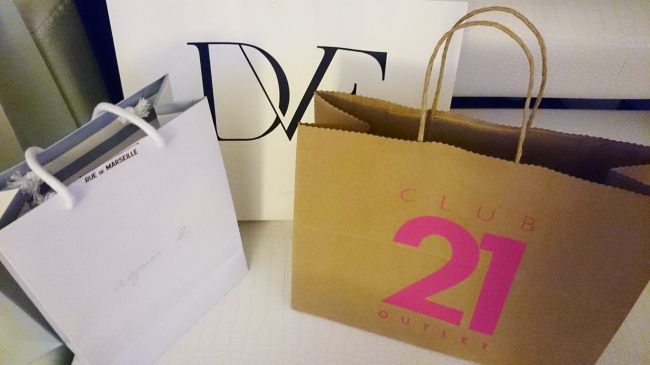
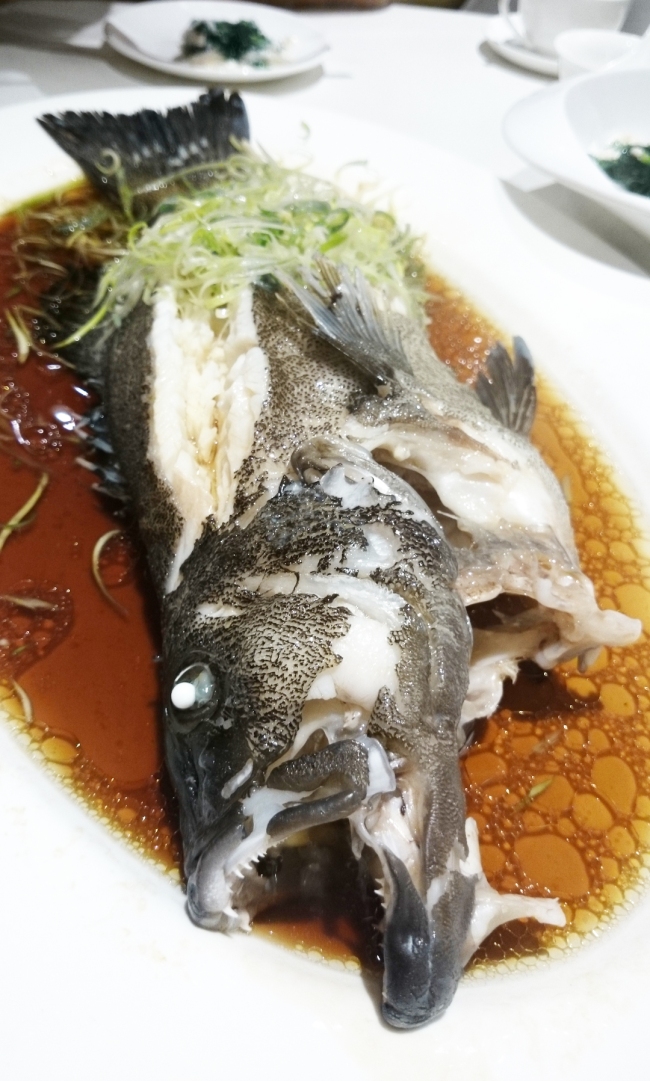
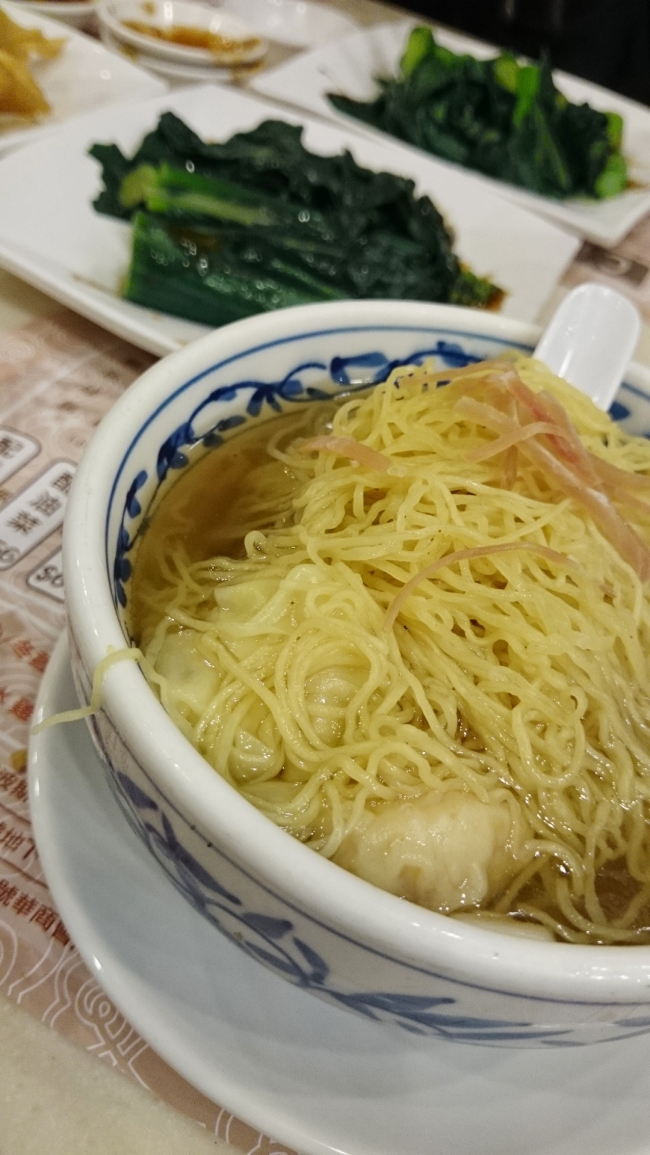
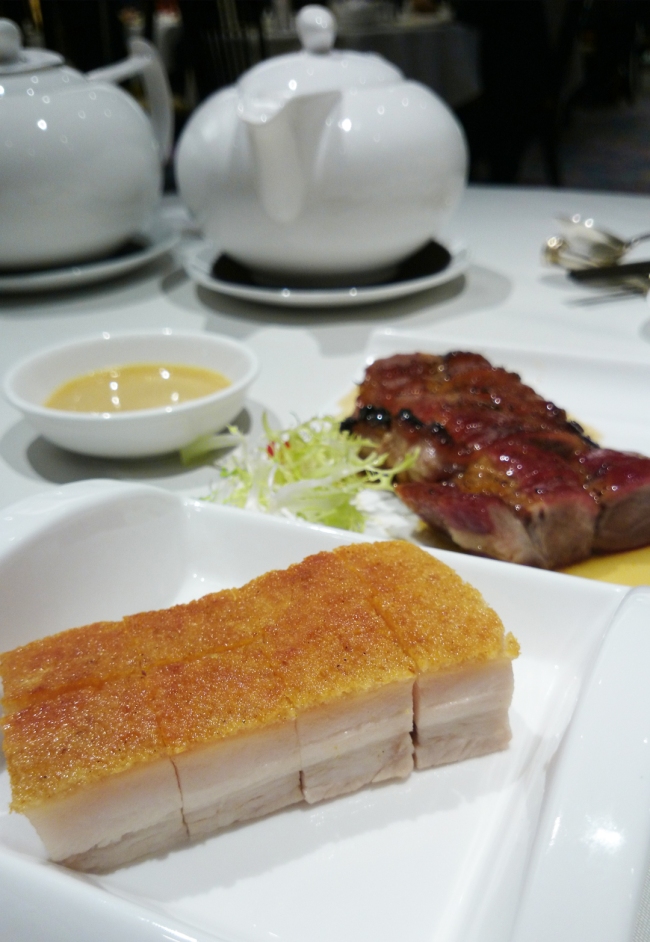
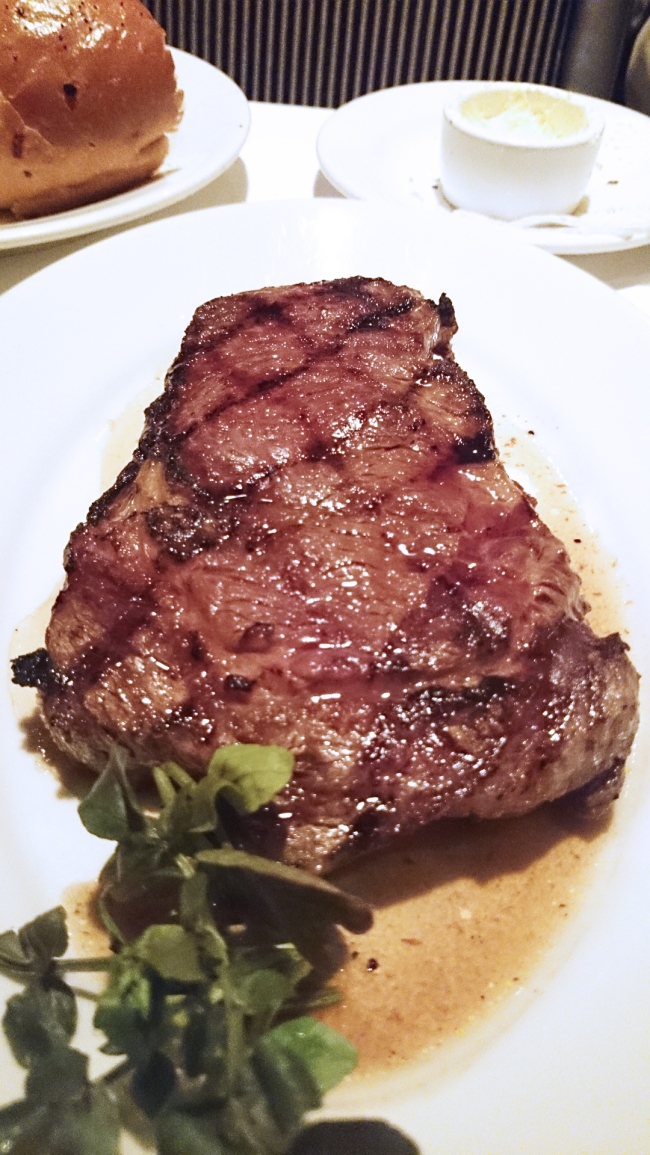
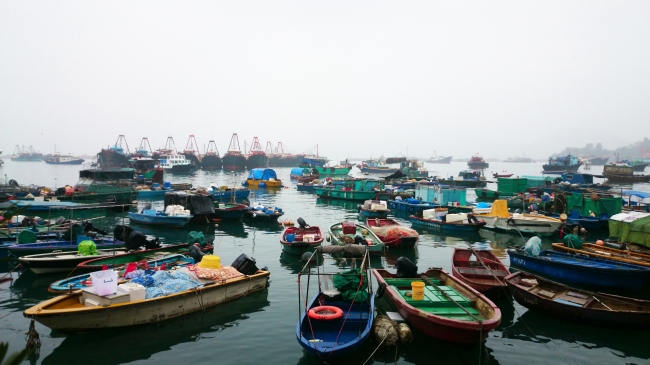
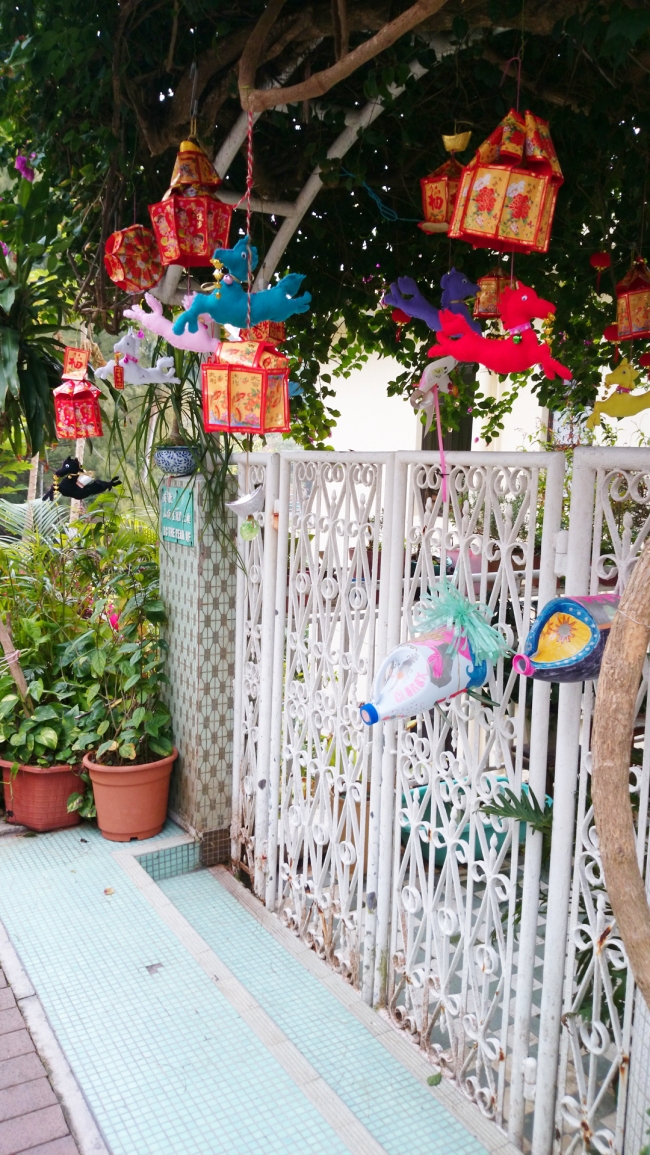



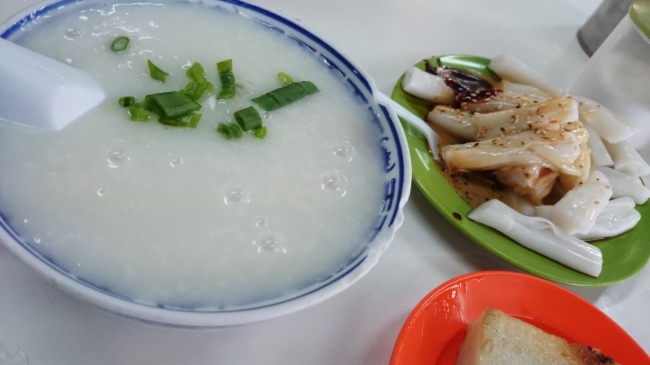
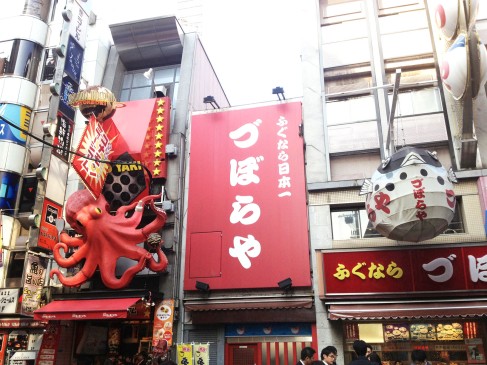


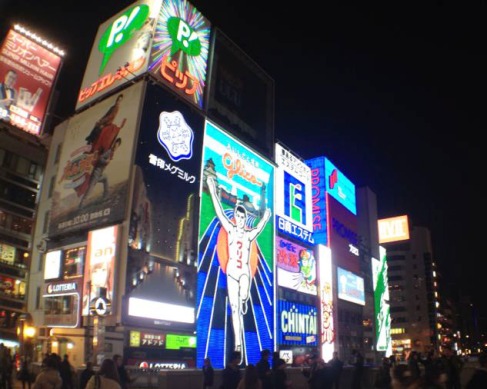
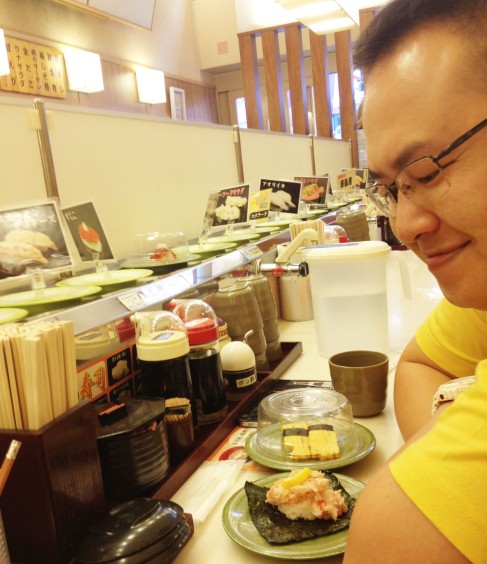
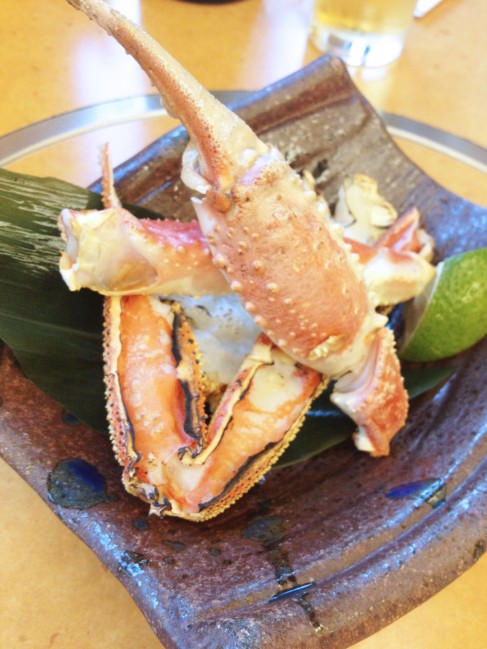
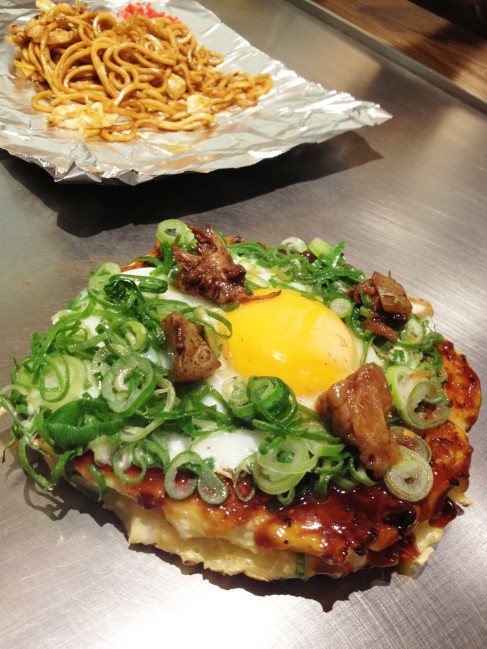
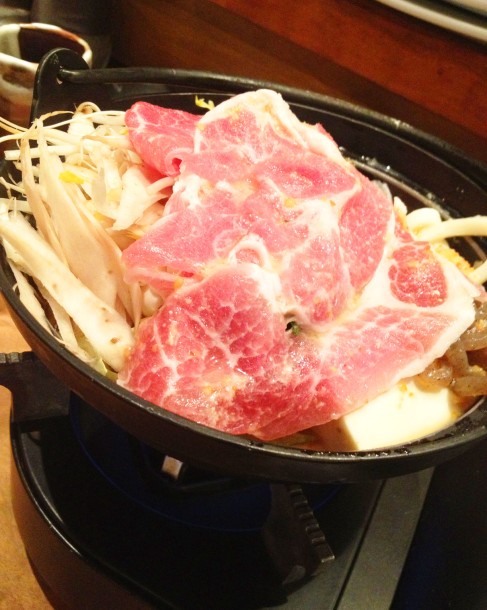
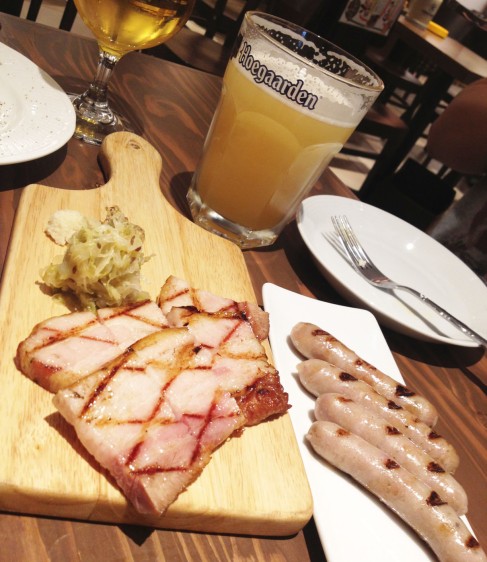
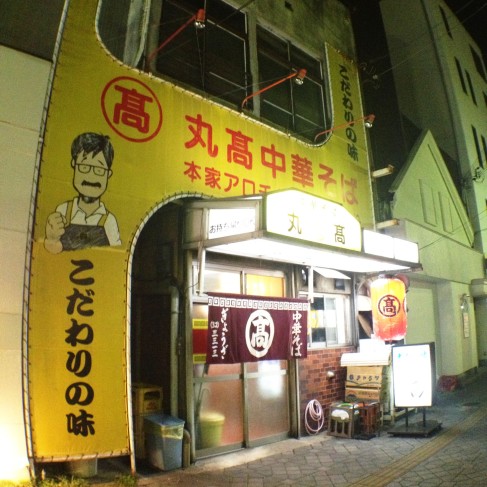
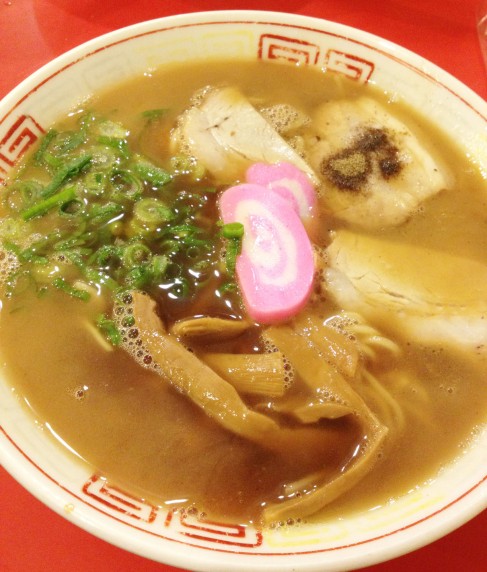
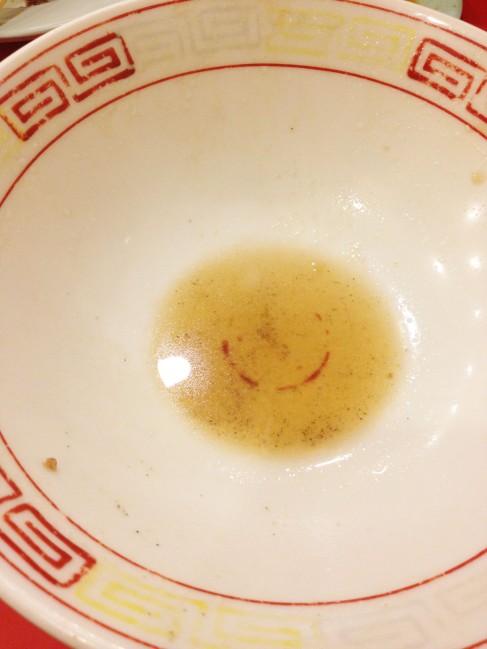
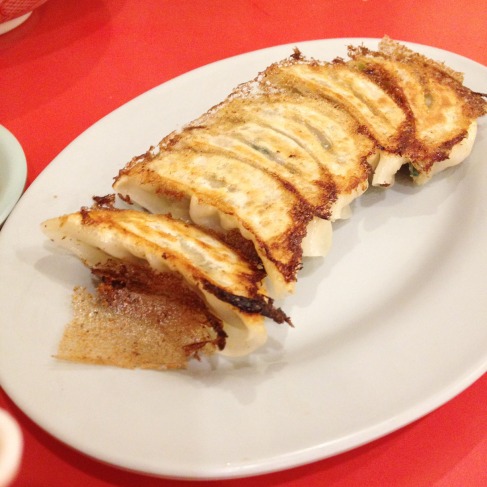
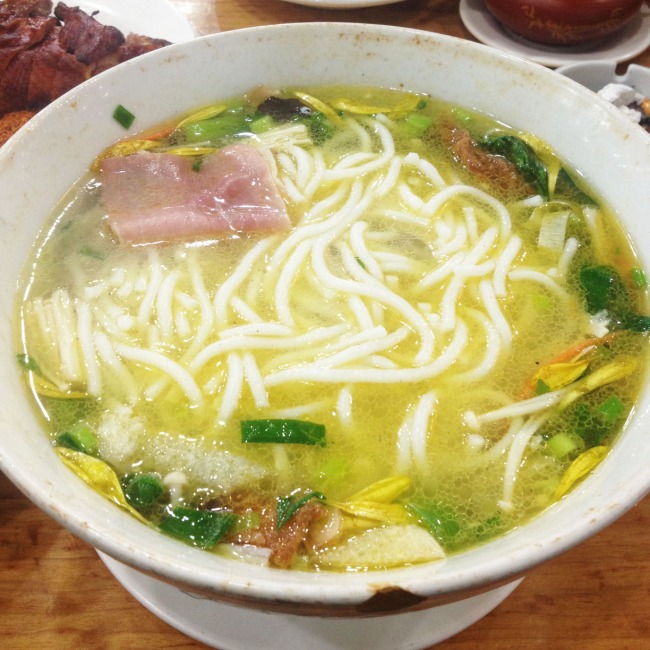
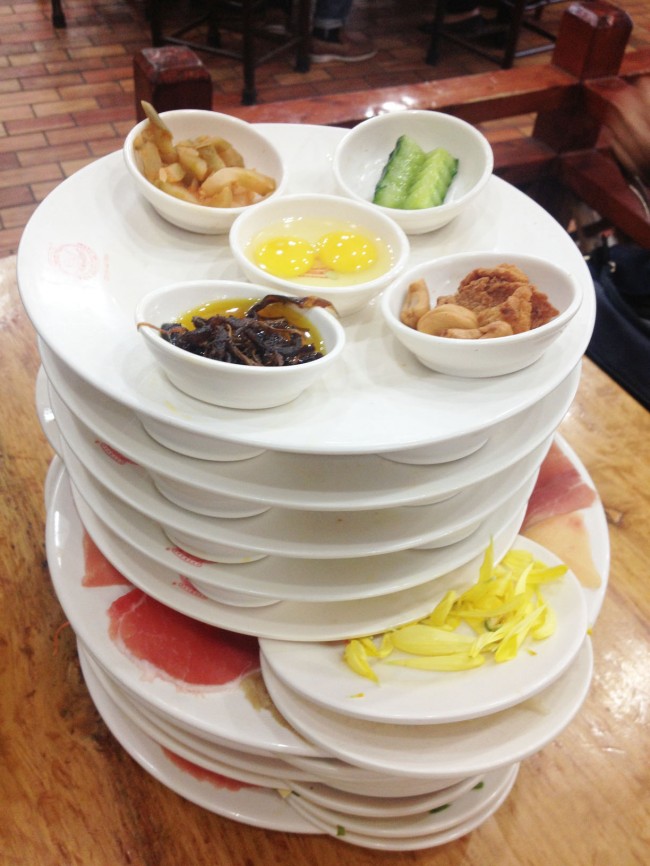
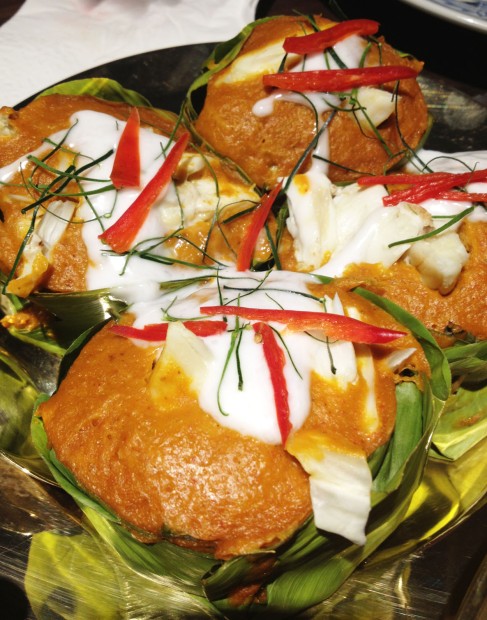 My army of hungry companions and I ordered every item from this menu, as well as several dishes from the regular selection, and went to heaven with every morsel we savoured. The crab dishes were done so well that we ordered second rounds.
My army of hungry companions and I ordered every item from this menu, as well as several dishes from the regular selection, and went to heaven with every morsel we savoured. The crab dishes were done so well that we ordered second rounds.